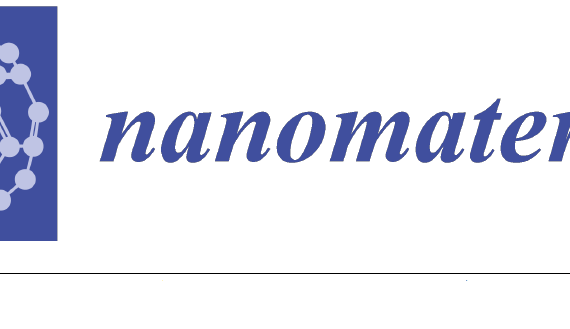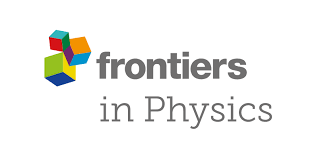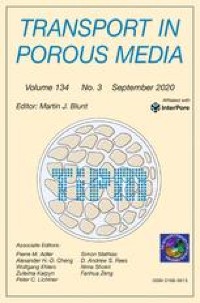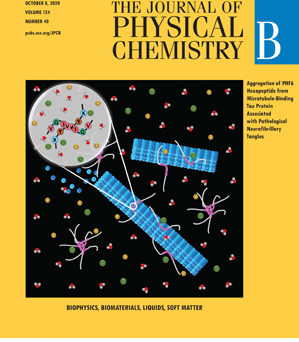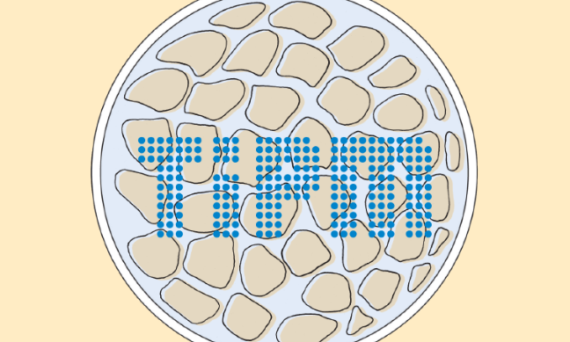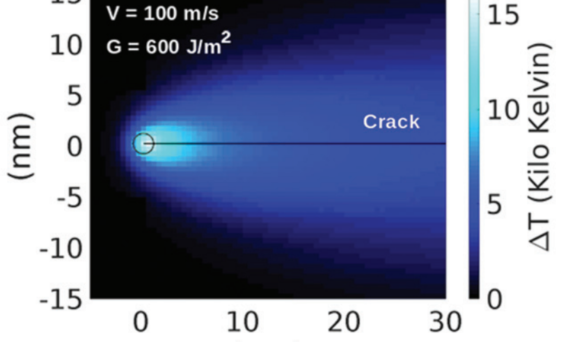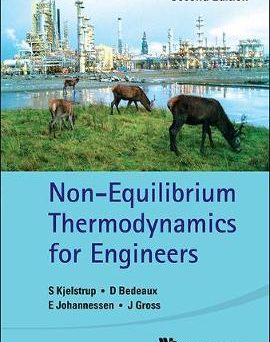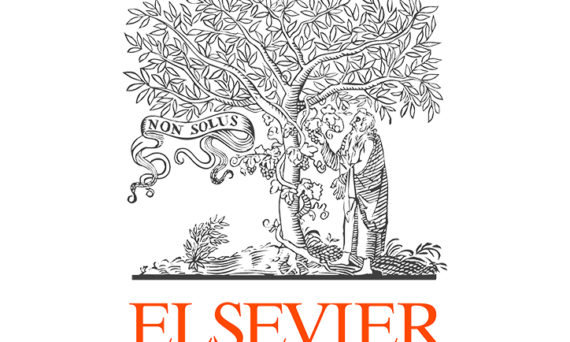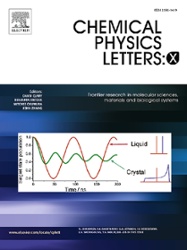Read the last publication from Louison Thorens et al. on Magnetic Janssen effect in Nature Communications
Congratulations to Louison Thorens, PhD candidate at PoreLab UiO, Norway, Knut Jørgen Måløy, Professor at UiO, Mickaël Bourgoin, Directeur de Recherche at CNRS, ENS Lyon and Stéphane Santucci, CNRS researcher at ENS Lyon, France, for their last publication under Nature Communications. This is a major accomplishement! Article here >> Title: Magnetic Janssen Effect Abstract: A


